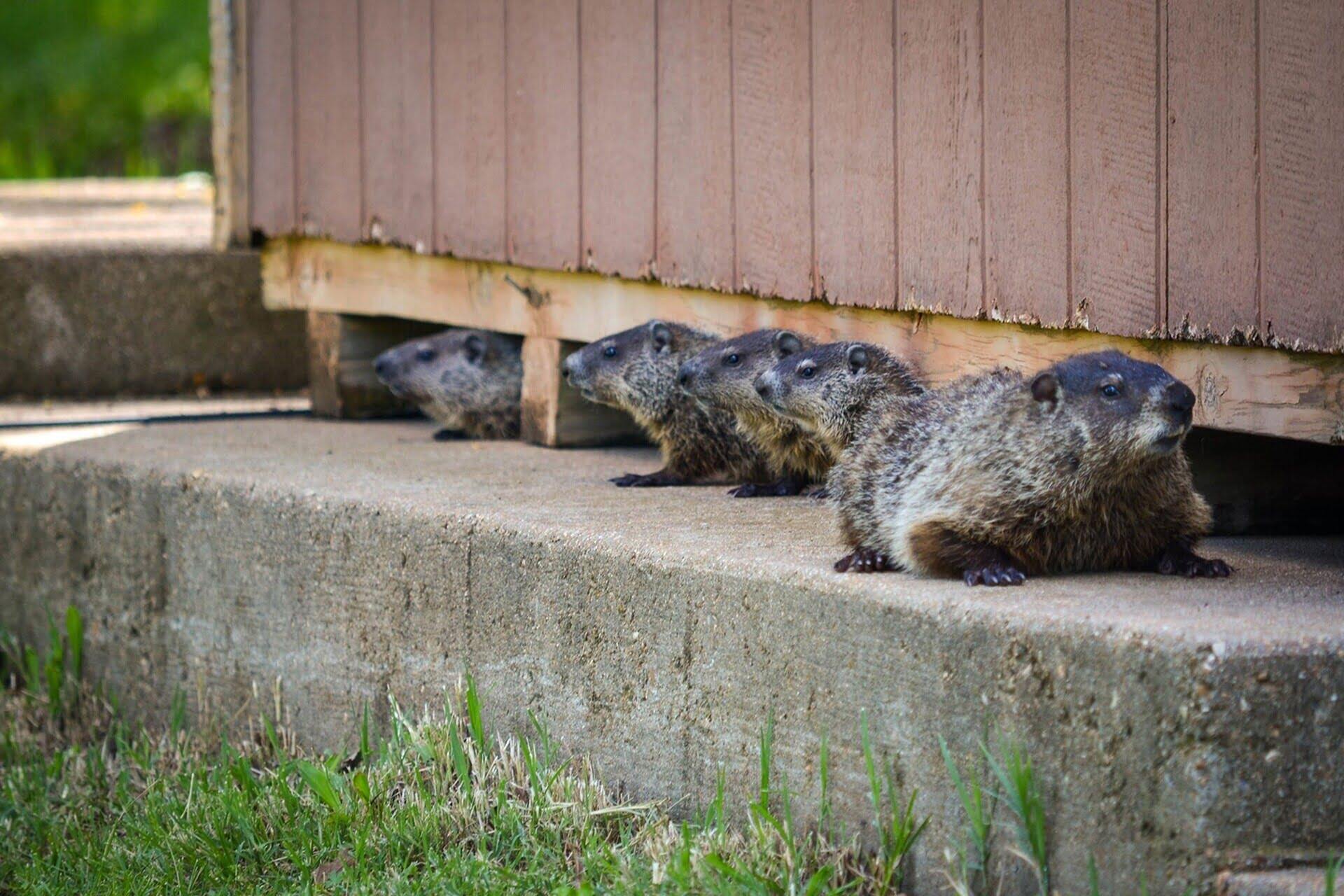

Articles
How To Get Rid Of Groundhogs Under Porch
Modified: May 6, 2024
Discover effective articles on how to eliminate groundhogs nesting under your porch. Follow our step-by-step guide to get rid of these pests and reclaim your outdoor space.
(Many of the links in this article redirect to a specific reviewed product. Your purchase of these products through affiliate links helps to generate commission for Storables.com, at no extra cost. Learn more)
Introduction
Dealing with a groundhog infestation under your porch can be a frustrating and potentially destructive problem. These burrowing rodents can cause damage to the structure of your porch, create unsightly holes in your yard, and even pose a safety risk by digging near gas lines or foundation walls. Luckily, there are effective methods to get rid of groundhogs under your porch and prevent future infestations.
Before diving into the solutions, it’s important to understand the nature of groundhogs. Also known as woodchucks, groundhogs are herbivorous creatures that typically reside in burrows beneath the ground. They are excellent diggers and can create elaborate tunnel systems, including the space under your porch. Groundhogs are most active during the spring and summer months and are known for their hibernation periods during the winter.
Now, let’s explore the signs that indicate the presence of groundhogs under your porch.
Key Takeaways:
- Identifying signs of groundhog infestation, such as burrow entrances, chewed vegetation, and structural damage, is crucial for prompt action to protect your porch and property.
- Implementing natural deterrents, trapping and relocating, or seeking professional exterminators are effective methods to remove groundhogs and prevent future infestations, ensuring a safer and pest-free porch.
Read more: How To Get Rid Of Snakes Under Porch
Understanding Groundhogs
Groundhogs, also known as woodchucks, are large rodents that are native to North America. They are part of the squirrel family and are known for their burrowing habits. Groundhogs have stout bodies, short legs, and a bushy tail. They are typically around 2 to 3 feet in length and can weigh up to 10 pounds.
Groundhogs are primarily herbivores and feed on a variety of vegetation, including grasses, clover, dandelions, and garden crops. They are excellent climbers and swimmers, but their primary mode of transportation is burrowing underground.
Groundhogs are known for their impressive digging skills. They create complex networks of tunnels with multiple entrances and exits. These burrows can extend several feet underground and have chambers for sleeping, nesting, and storing food.
Groundhogs are diurnal, meaning they are most active during the day. They are solitary animals, although multiple groundhogs may share the same burrow system. They are also known for their ability to predict the weather, as they emerge from their burrows on February 2nd each year to determine if spring is on its way.
Groundhogs have a lifespan of around 6 to 8 years in the wild. They reproduce once a year, typically in the early spring. The female groundhog gives birth to a litter of 2 to 6 babies, called kits, who will remain in the burrow for several weeks before venturing out on their own.
Now that we have a better understanding of groundhogs, let’s move on to the signs that indicate their presence under your porch.
Signs of Groundhogs Under Porch
If you suspect there are groundhogs residing under your porch, there are several telltale signs to look out for. Being able to identify these signs will help you take appropriate action to remove them from your property. Here are some common indicators of groundhogs under your porch:
- Burrow entrances: Groundhogs dig burrows as their primary dwelling. Look for entrance holes near your porch foundation or along the perimeter. These holes are typically around 10 to 12 inches in diameter and may have fresh dirt piled up around them.
- Chewed vegetation: Groundhogs are herbivores and feed on plants and grass. Check for signs of chewed vegetation around your porch or in your garden. They have distinctive teeth marks that can help you identify their presence.
- Droppings: Groundhogs leave behind pellet-shaped droppings near their burrow entrances. If you notice small, cylindrical droppings around your porch, it could be a sign of an infestation.
- Damage to landscaping: Groundhogs may dig up plants, flowers, or vegetables in your garden. Keep an eye out for disturbed soil or uprooted vegetation near your porch area.
- Sounds and movement: If you hear rustling or digging noises coming from under your porch, it’s a strong indication of groundhog activity. Additionally, you may notice groundhogs scurrying from one entrance hole to another or sunning themselves near their burrows.
- Structural damage: Over time, groundhogs can cause damage to the foundation of your porch due to their burrowing activities. Look for signs of tunneling or weakened support near the base of your porch.
- Unpleasant odors: Groundhogs may mark their territory with glandular secretions, resulting in a musky odor near their burrows.
If you notice any of these signs, it’s important to take action to eliminate the groundhog infestation. The next section will cover the reasons why it’s crucial to remove groundhogs from under your porch.
Reasons to Remove Groundhogs Under Porch
Having groundhogs under your porch may seem like a minor annoyance, but it’s important to address the issue promptly. Here are some key reasons why you should take steps to remove groundhogs from under your porch:
- Structural damage: Groundhogs are prolific diggers and their burrowing activities can compromise the stability of your porch. Over time, their tunnels can weaken the foundation, leading to potential structural damage.
- Potential safety hazards: Groundhogs may dig near gas lines, utility cables, or foundation walls, posing a safety risk. Their burrows can create holes in your yard, increasing the chances of trip hazards for you and your family.
- Garden damage: If you have a garden near your porch, groundhogs can cause significant damage by eating and digging up your plants. This can be especially frustrating if you’ve invested time and effort into cultivating a beautiful garden.
- Contamination and foul odors: Groundhogs may defecate near their burrows, and their droppings can contaminate the surrounding area. Additionally, their glandular secretions can cause unpleasant odors, diminishing the enjoyment of your outdoor space.
- Attracting other pests: Groundhog burrows create shelter and nesting sites for other pests like skunks, raccoons, and snakes. By removing groundhogs, you reduce the risk of attracting these unwanted visitors to your property.
- Aesthetics and property value: Having visible groundhog holes and damaged landscaping can detract from the overall appearance of your property. If you plan to sell your home in the future, addressing the groundhog infestation can help maintain or increase its value.
- Peace of mind: Lastly, removing groundhogs from under your porch can bring you peace of mind. Knowing that your porch and surrounding area are free from these digging rodents can alleviate any worries or concerns you may have.
Now that you understand the significance of removing groundhogs, it’s time to explore natural methods to deter them from your porch area.
Natural Methods to Deter Groundhogs
When it comes to deterring groundhogs from your porch area, there are several natural methods you can try before resorting to more drastic measures. Here are some effective techniques to consider:
- Fencing: Installing a fence around your porch can be an effective way to keep groundhogs out. Use sturdy materials like hardware cloth or chicken wire and bury the fence at least a foot below the ground to prevent them from burrowing underneath.
- Remove food sources: Groundhogs are attracted to the vegetation in your yard, so removing their food sources can discourage them from staying. Trim overgrown grass, remove weeds, and keep your garden well-maintained.
- Natural deterrents: Certain scents and tastes can repel groundhogs. Sprinkle cayenne pepper, garlic powder, or powdered predator urine near their burrow entrances and around your porch area. This can make the area less appealing to them.
- Noise and vibrations: Groundhogs are sensitive to noise and vibrations. Place wind chimes, motion-activated sprinklers, or small radios near their burrows to create a deterrent.
- Mothballs: Groundhogs dislike the odor of mothballs. Place them strategically near their burrow entrances or inside their tunnels to make the area less desirable for them.
- Garden netting: If groundhogs are targeting your garden, covering it with garden netting can provide a physical barrier and prevent them from accessing your plants.
- Natural deterrent plants: Some plants have natural repellent properties that groundhogs find unappealing. Consider planting daffodils, marigolds, or alliums near your porch to deter them.
It’s important to note that these natural methods may not yield immediate results and may require consistent application. If the groundhog infestation persists or becomes more severe, you may need to consider trapping and relocating them. We will discuss this method in the next section.
To get rid of groundhogs under your porch, try using a combination of exclusion and deterrent methods. Seal off any entry points and use repellents such as ammonia-soaked rags or predator urine around the perimeter of the porch.
Read more: How To Get Rid Of Skunks Under The Porch
Trapping and Relocating Groundhogs
If natural deterrents fail to resolve the groundhog infestation under your porch, trapping and relocating them may be necessary. Here’s a step-by-step guide to safely trap and remove groundhogs:
- Select a humane trap: Choose a live animal trap that is specifically designed for catching groundhogs. These traps are typically made of wire mesh and have a door that can close once the groundhog enters.
- Select a suitable location: Place the trap near the groundhog burrow entrances or along their known travel routes. Make sure to secure the trap to the ground to prevent the captured groundhog from dragging it away.
- Bait the trap: Choose an enticing bait such as fresh fruits, vegetables, or leafy greens. Place the bait at the back of the trap, making sure it is securely attached to prevent the groundhog from snatching it without triggering the trap.
- Check the trap regularly: Groundhogs are most active during the day, so check the trap frequently. If you capture a groundhog, handle the trap with caution to avoid injury to yourself or the animal.
- Release the groundhog: Transport the trapped groundhog to a suitable location for release. Ensure that it is a safe distance from your property and in an area with suitable food and shelter for the groundhog to thrive.
- Secure entry points: After removing the groundhog, inspect your porch area for any potential entry points and seal them off to prevent future infestations. Use materials like metal flashing or caulk to block any gaps or openings.
It’s important to note that trapping and relocating groundhogs may require a permit or approval from local wildlife authorities. Be sure to check the regulations in your area before attempting this method.
If trapping and relocating groundhogs seems daunting or if the infestation persists, seeking assistance from professional exterminators might be the best course of action. We will discuss this option in the next section.
Hiring Professional Exterminators
If you’ve tried natural deterrents and trapping methods without success or if you’re dealing with a severe groundhog infestation, it may be time to consider hiring professional exterminators. Here are some reasons why enlisting the help of professionals can be beneficial:
- Expertise and experience: Professional exterminators have the knowledge and experience to effectively and safely deal with groundhog infestations. They understand the behavior and habits of these animals, allowing them to implement the most appropriate and efficient removal methods.
- Advanced techniques: Exterminators have access to advanced tools and techniques that may not be readily available to homeowners. These can include specialized traps, exclusion methods, and deterrent treatments specifically designed to target groundhogs.
- Safe and humane removal: Professional exterminators prioritize humane practices when dealing with wildlife. They employ methods that ensure the safe capture and removal of groundhogs without causing unnecessary harm or distress to the animals.
- Prevention strategies: In addition to removing the existing infestation, exterminators can provide guidance on preventative measures to stop future groundhog problems. They can advise on securing your porch, eliminating attractants, and implementing measures to deter other wildlife from taking up residence on your property.
- Time and convenience: Dealing with a groundhog infestation can be time-consuming and challenging. By hiring professionals, you can save yourself the hassle and stress of attempting to handle the problem on your own. Exterminators will efficiently address the issue, allowing you to focus on other priorities.
When choosing a professional exterminator, research different companies in your area and look for those with a proven track record of successfully removing groundhogs. Read customer reviews, ask for recommendations, and inquire about their licensing and insurance.
Remember, the cost of hiring professional exterminators can vary depending on the extent of the infestation and the specific services provided. It’s recommended to obtain multiple quotes and compare the services offered to make an informed decision.
Now that we’ve covered professional extermination, let’s discuss ways to prevent future groundhog infestations.
Preventing Future Groundhog Infestations
After successfully removing groundhogs from under your porch, it’s essential to take preventative measures to minimize the risk of future infestations. Here are some effective strategies to consider:
- Secure potential entry points: Inspect your porch and the surrounding area for any gaps, cracks, or openings that groundhogs could use to gain access. Seal off these entry points using materials like metal flashing or caulk to prevent them from reentering.
- Maintain a tidy yard: Keep your yard clean and well-maintained. Groundhogs are attracted to overgrown grass, weeds, and cluttered areas. Regularly mow your lawn, remove fallen fruits or vegetables, and trim shrubs or bushes near your porch.
- Install fencing: Erect a fence around your yard to deter groundhogs from entering your property. Use sturdy materials like hardware cloth or chicken wire and bury the fence at least a foot below the ground to prevent them from burrowing underneath.
- Remove attractants: Groundhogs are drawn to lush vegetation. Consider planting less appealing plants or using repellent plants like daffodils, marigolds, or alliums near your porch. Additionally, promptly remove any fallen fruits or vegetables from your garden.
- Regularly inspect your porch: Routinely check your porch and its surroundings for any signs of groundhog activity. Look for fresh digging, chewed vegetation, or new burrow entrances, and take action immediately if you notice any of these signs.
- Maintain good hygiene: Keep garbage cans tightly sealed and dispose of waste properly. Poor sanitation can attract groundhogs and other wildlife to your property.
- Consider professional inspections: Periodically hiring professional pest control services to inspect your property can help detect any early signs of a groundhog infestation and address it before it becomes a major problem.
By implementing these preventative measures, you can greatly reduce the risk of future groundhog infestations and protect your porch area from potential damage.
Before we conclude, let’s summarize the key points and the importance of taking action to get rid of groundhogs under your porch.
Conclusion
Dealing with groundhogs under your porch can be a frustrating and potentially damaging problem. Understanding the behavior and signs of groundhogs is crucial in effectively addressing the issue. By taking action to remove groundhogs, you can protect your porch, prevent structural damage, and ensure the safety of your property.
Natural methods such as fencing, removing food sources, and using deterrents can be effective in deterring groundhogs. If these methods fail or if the infestation is severe, trapping and relocating the groundhogs may be necessary. Hiring professional exterminators is an option for those who prefer expert assistance in dealing with the infestation.
After successfully getting rid of groundhogs, it’s important to implement prevention strategies to minimize the risk of future infestations. Securing potential entry points, maintaining a tidy yard, and removing attractants are key steps in preventing groundhogs from returning to your porch area.
Remember to always prioritize humane practices when dealing with groundhogs. Observe local regulations and consider seeking professional advice or permits if required.
Taking action to remove groundhogs from under your porch will not only protect your property but also provide you with peace of mind and a safer living environment. Don’t hesitate to address the issue promptly and implement preventative measures to ensure a groundhog-free porch.
Now, armed with knowledge and effective solutions, you can confidently tackle any groundhog infestation and maintain a pest-free porch for years to come.
Now that you've got the scoop on evicting groundhogs from under your porch, why stop there? Enhance your handy skills with our comprehensive guide on how to do home repair, perfect for tackling any fix-ups around your house. Or, if wildlife in the garden is your concern, our detailed strategies on how to protect a garden from animals will help safeguard your green space from unwelcome visitors. Keep your home and garden in top shape with these insightful reads!
Frequently Asked Questions about How To Get Rid Of Groundhogs Under Porch
Was this page helpful?
At Storables.com, we guarantee accurate and reliable information. Our content, validated by Expert Board Contributors, is crafted following stringent Editorial Policies. We're committed to providing you with well-researched, expert-backed insights for all your informational needs.
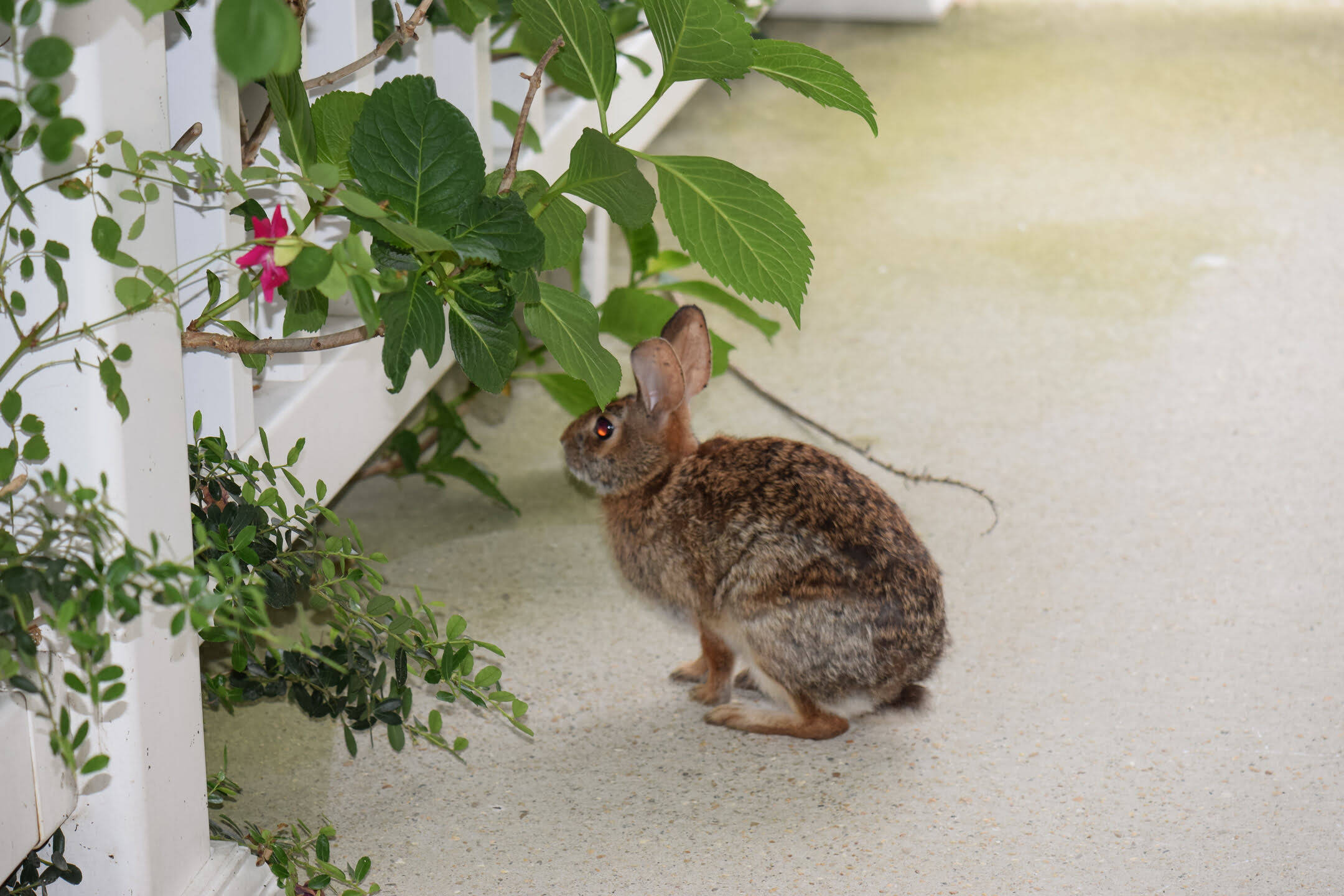
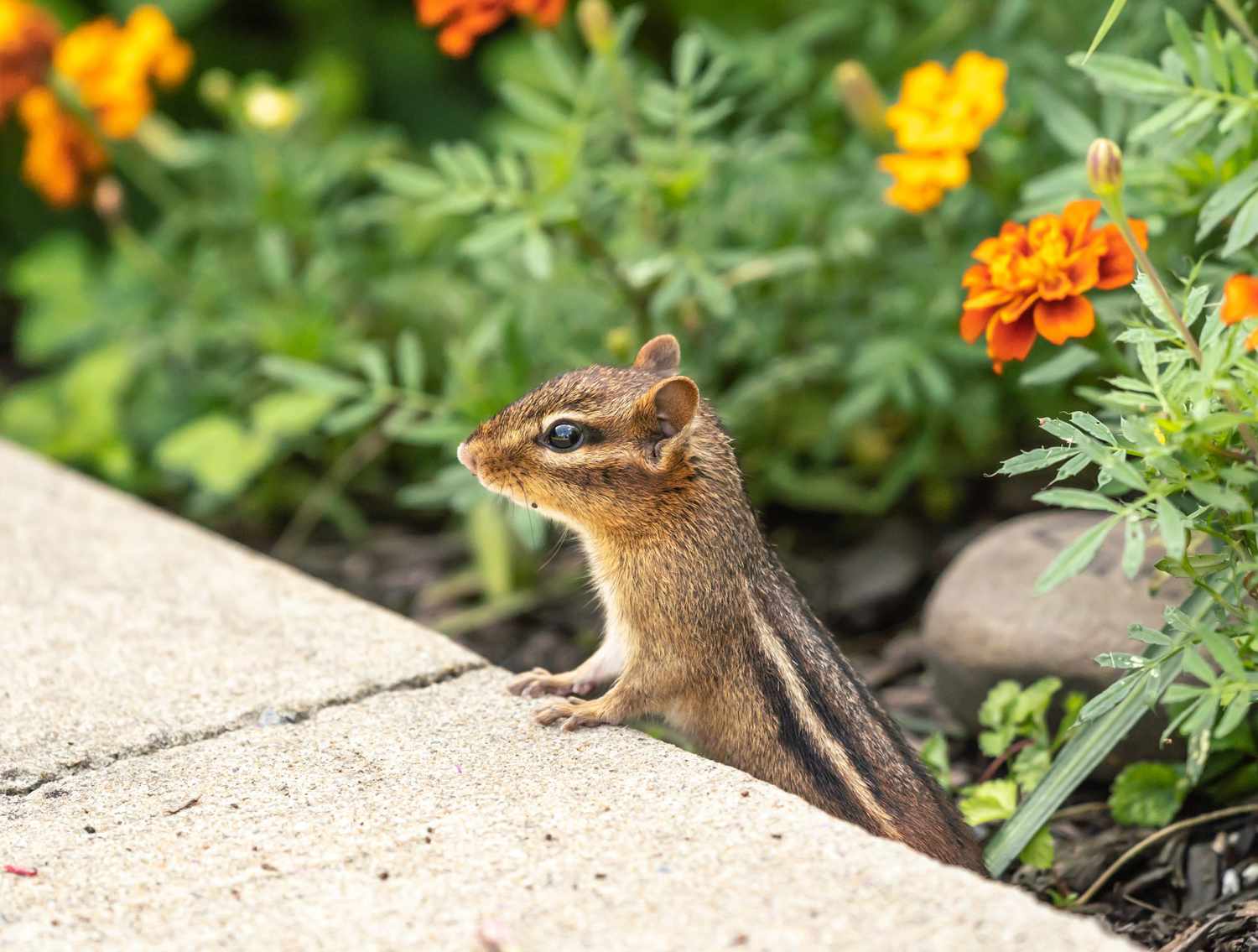
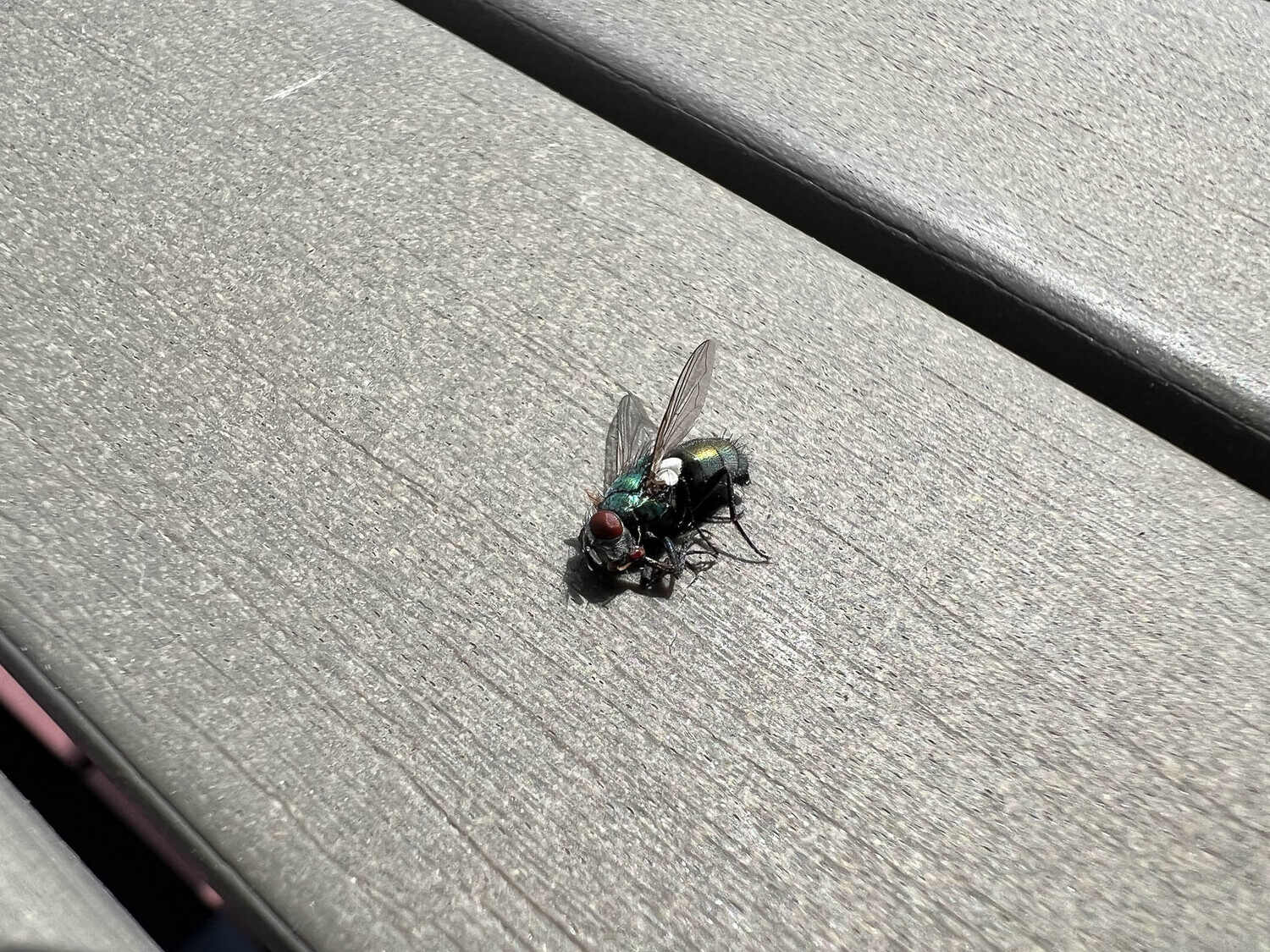
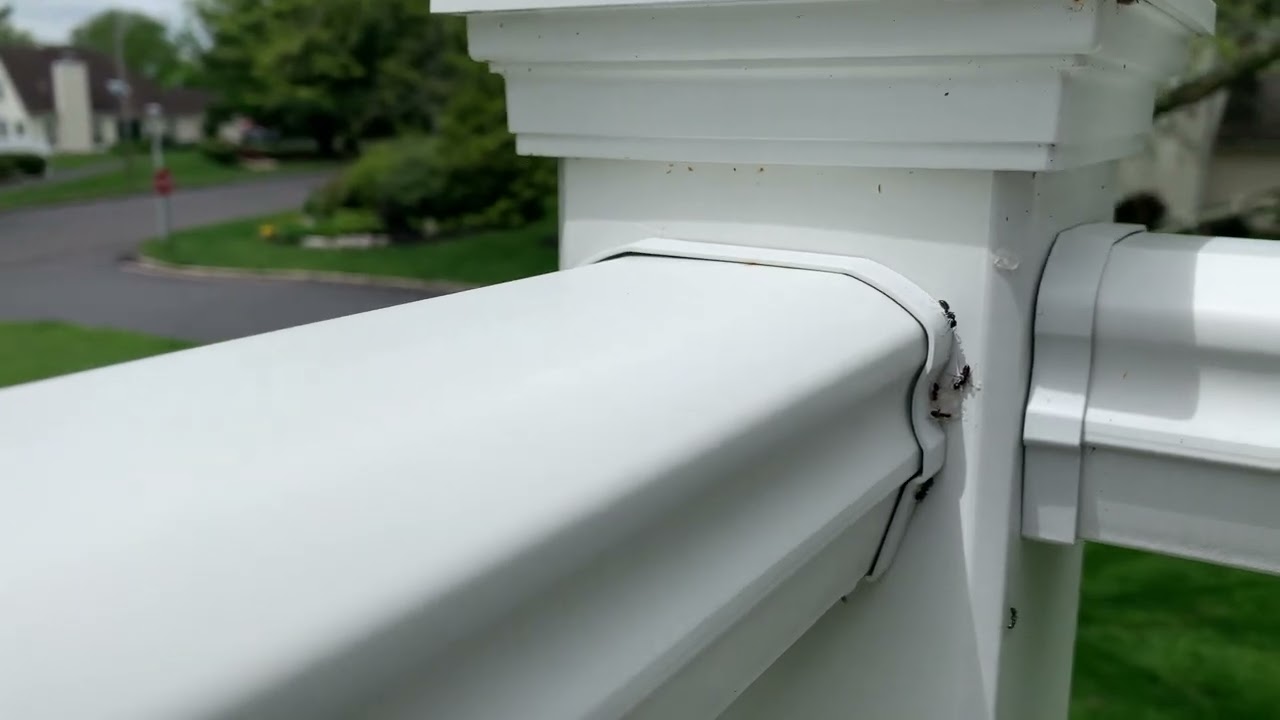
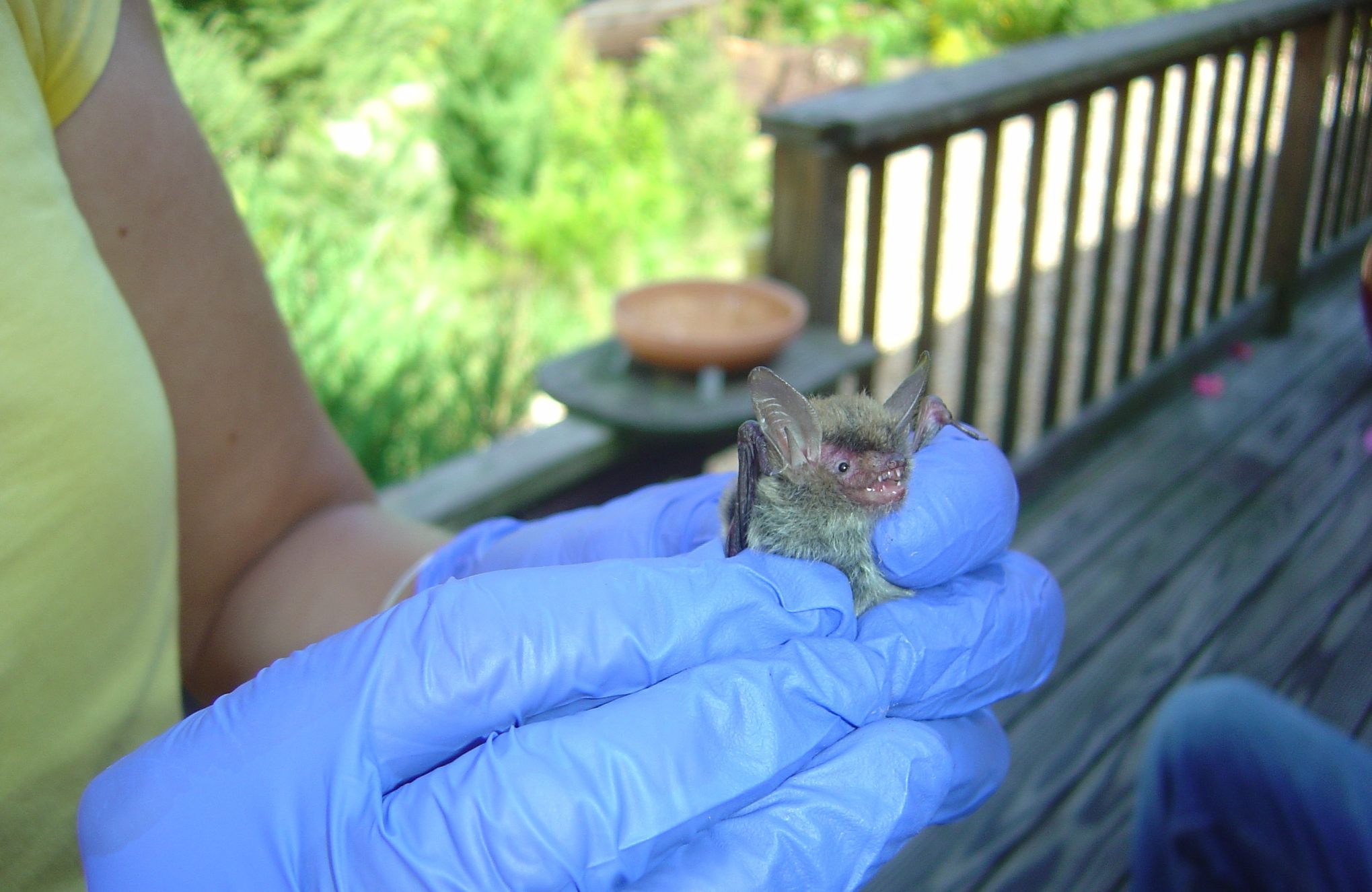
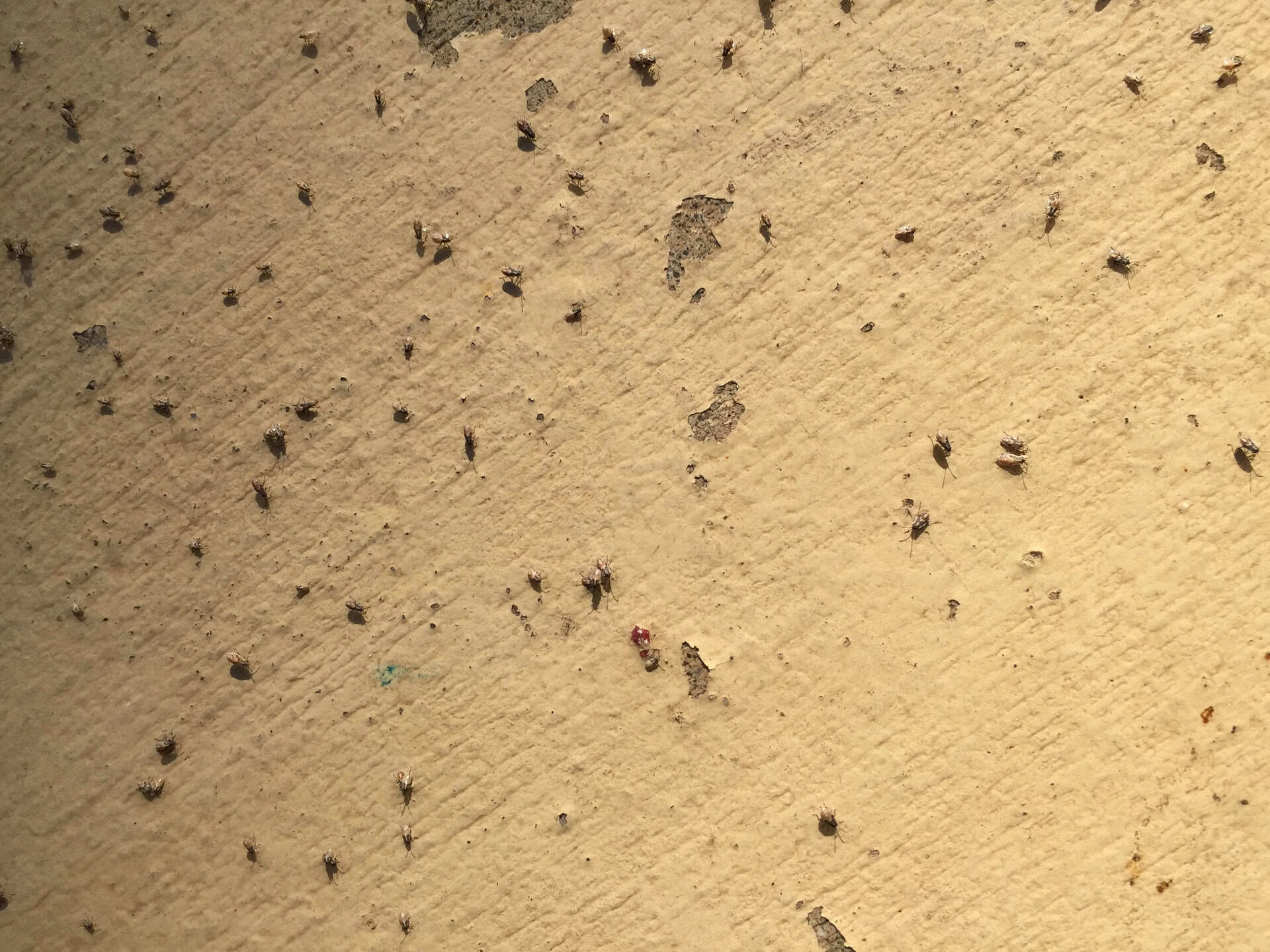
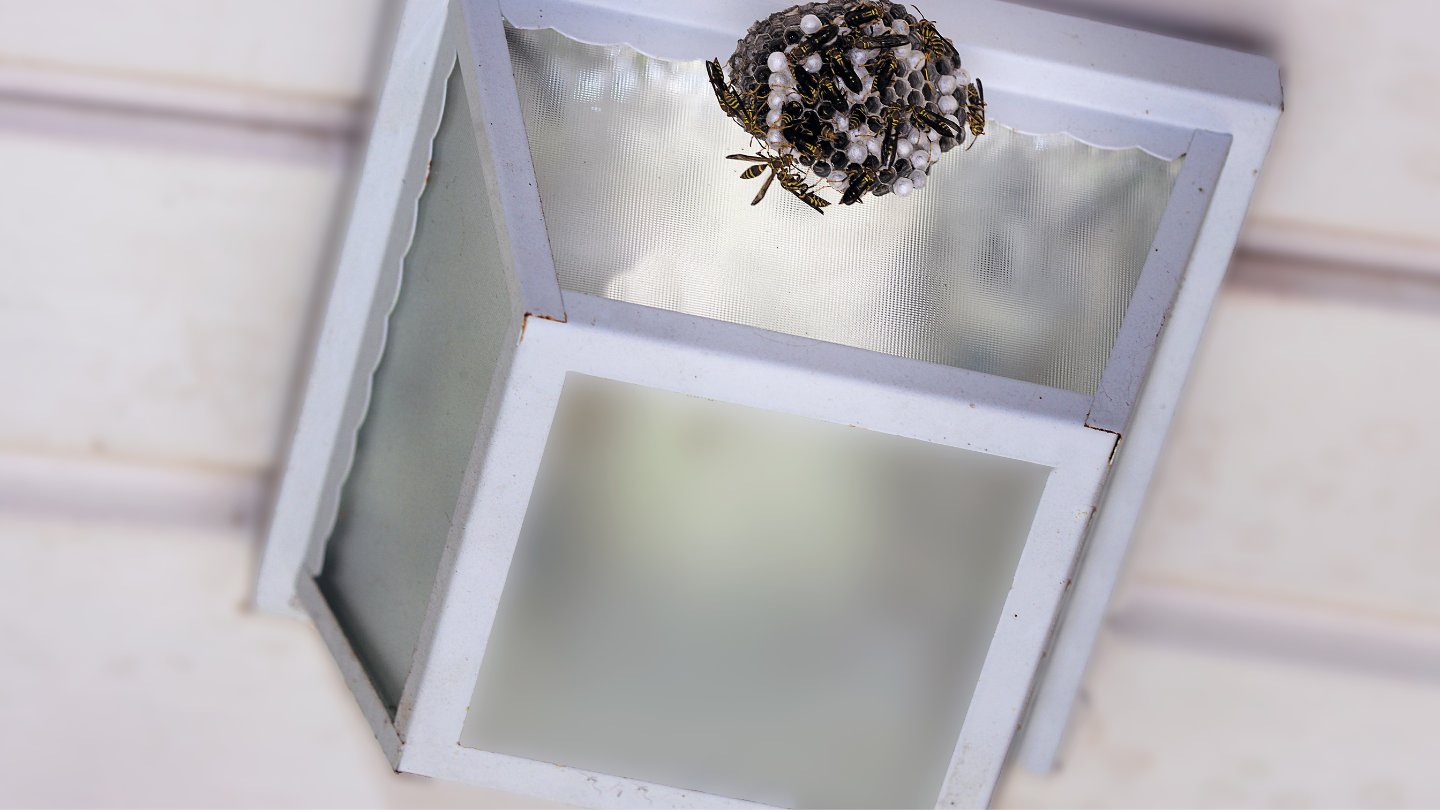
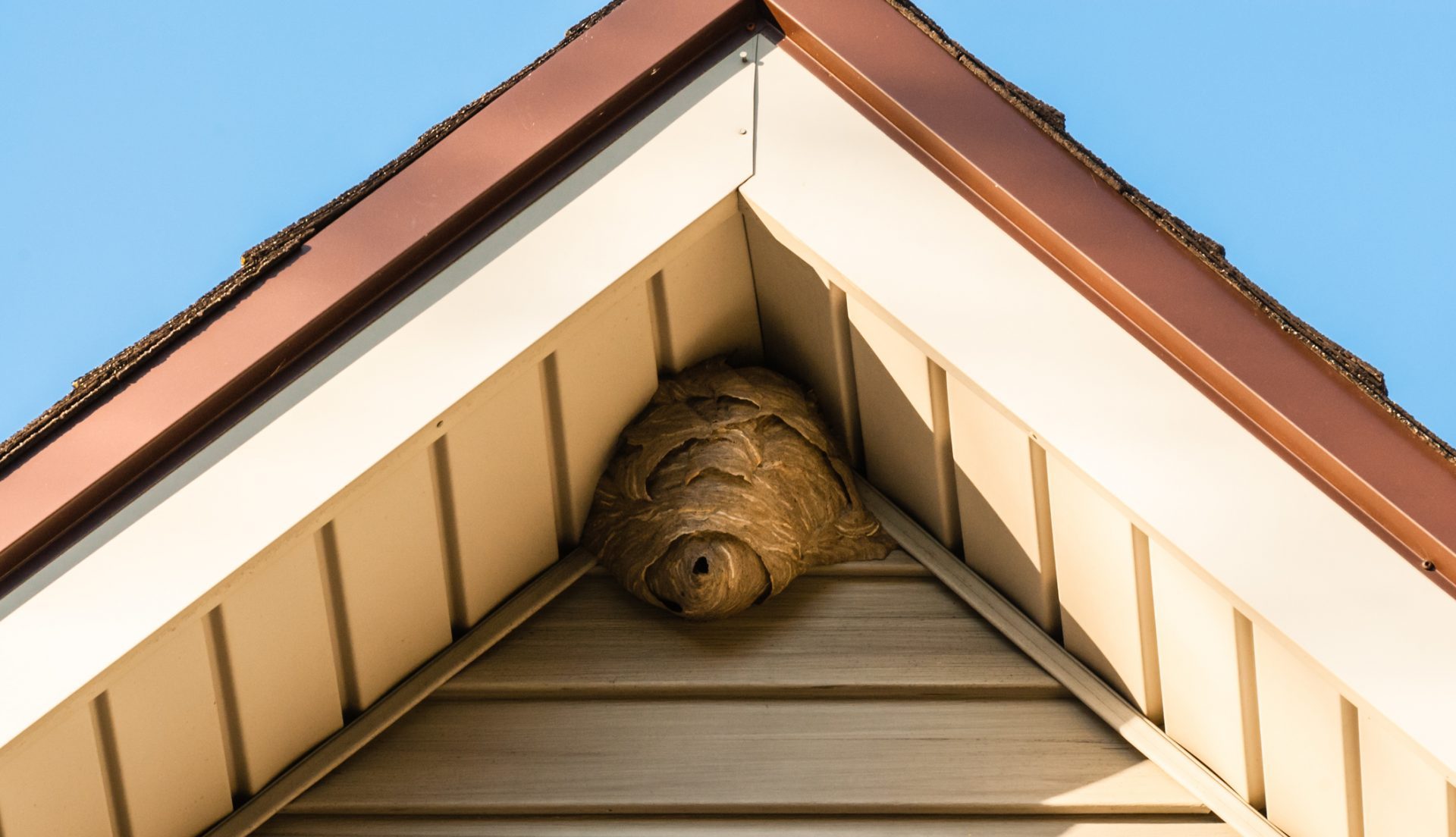
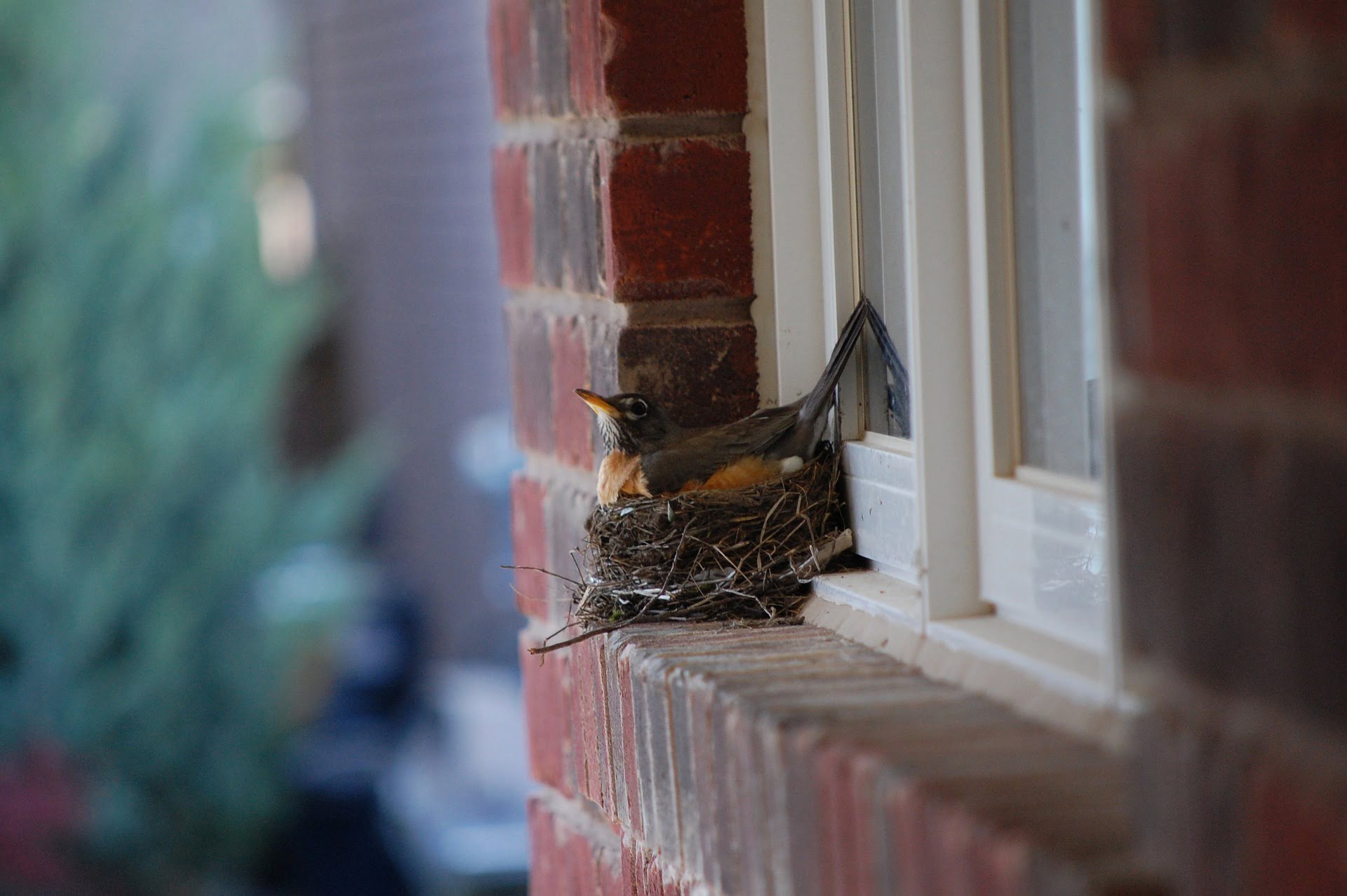
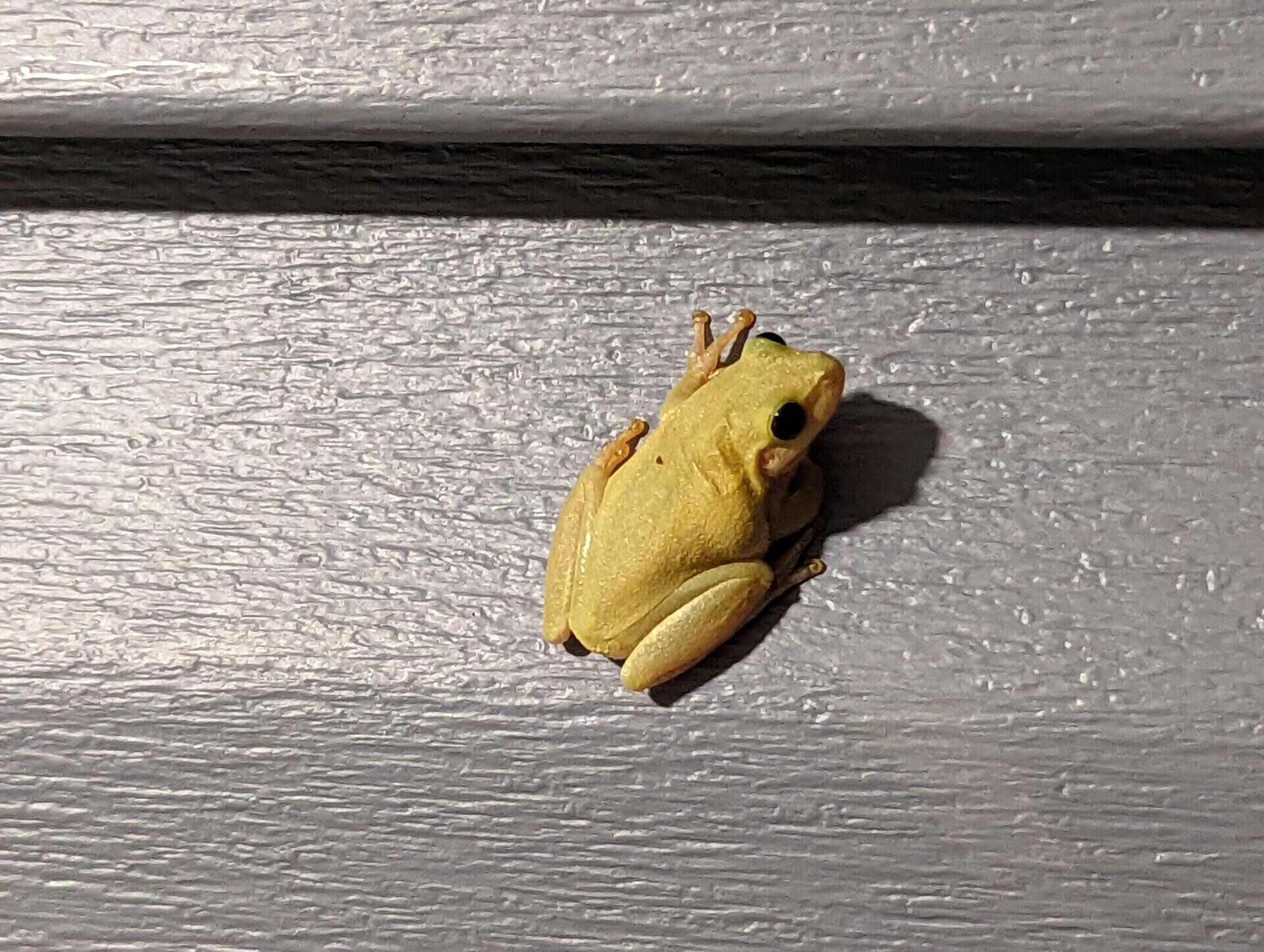
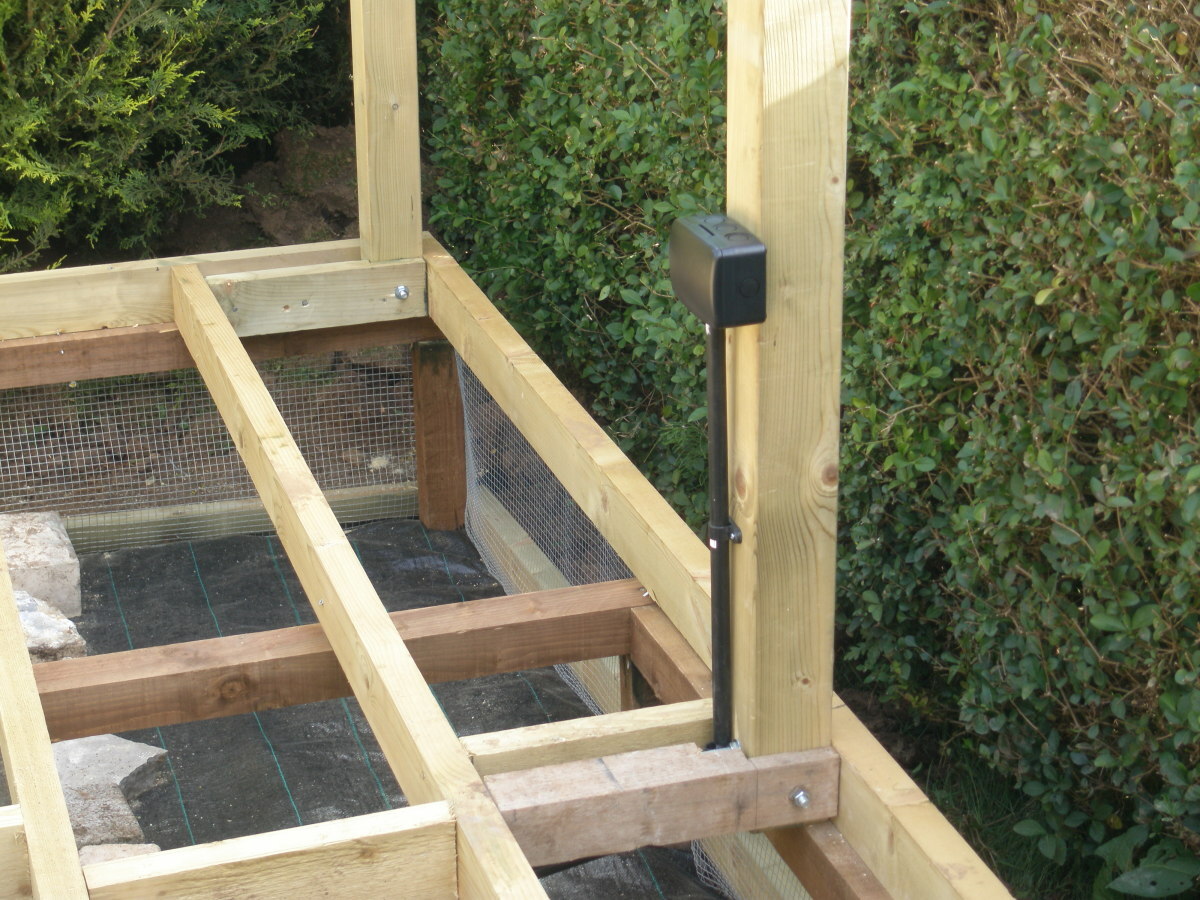
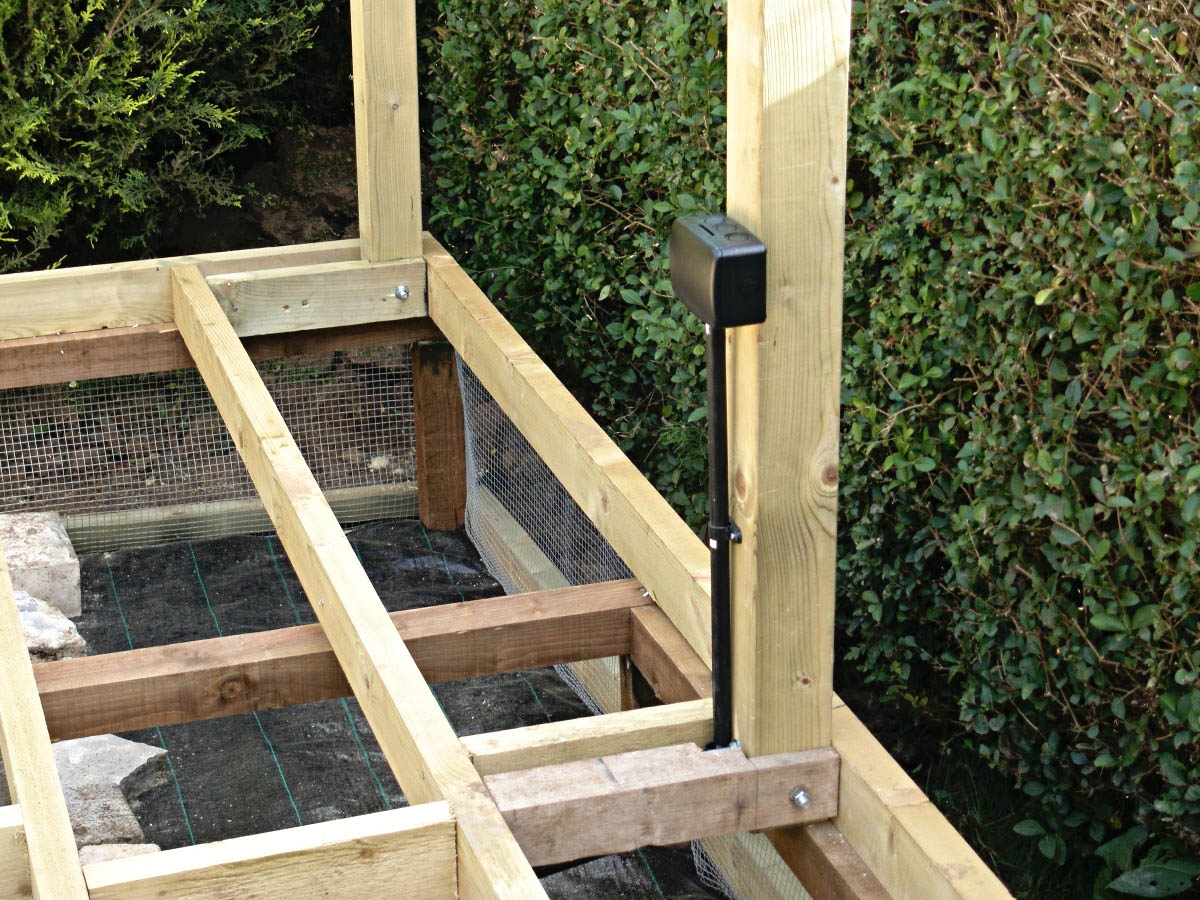

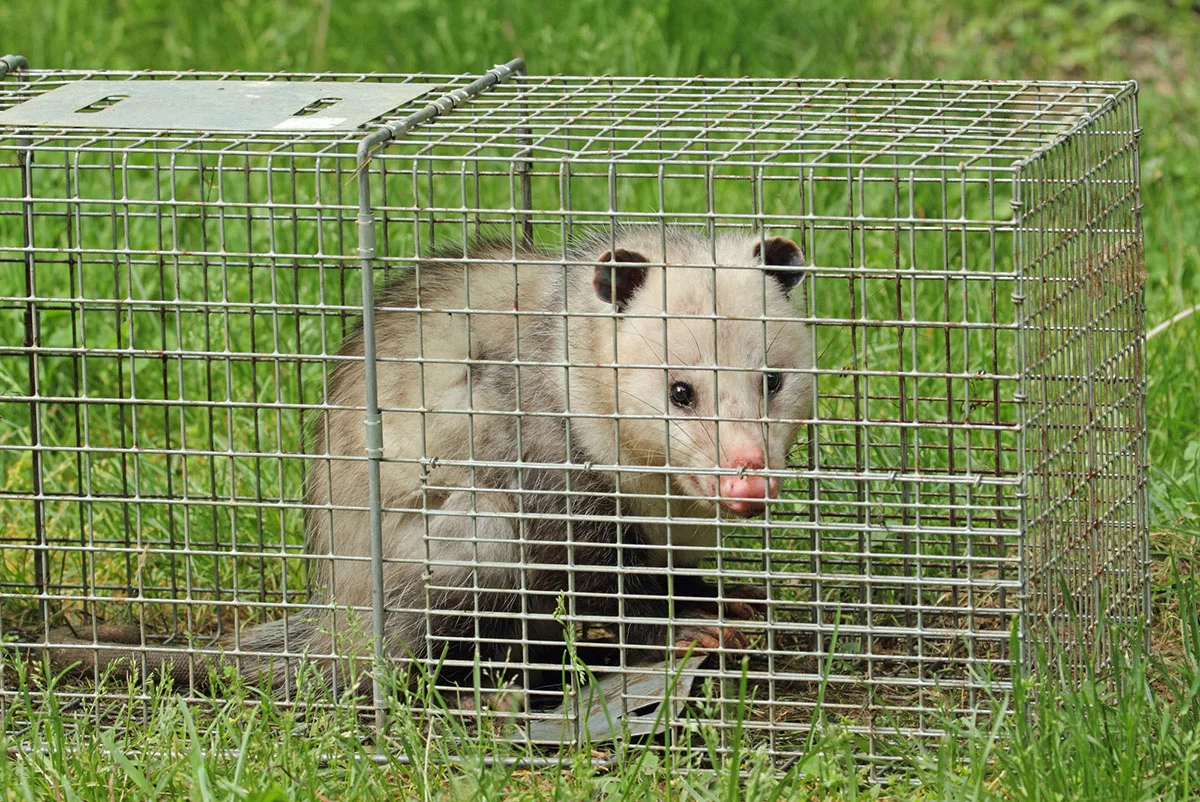

0 thoughts on “How To Get Rid Of Groundhogs Under Porch”